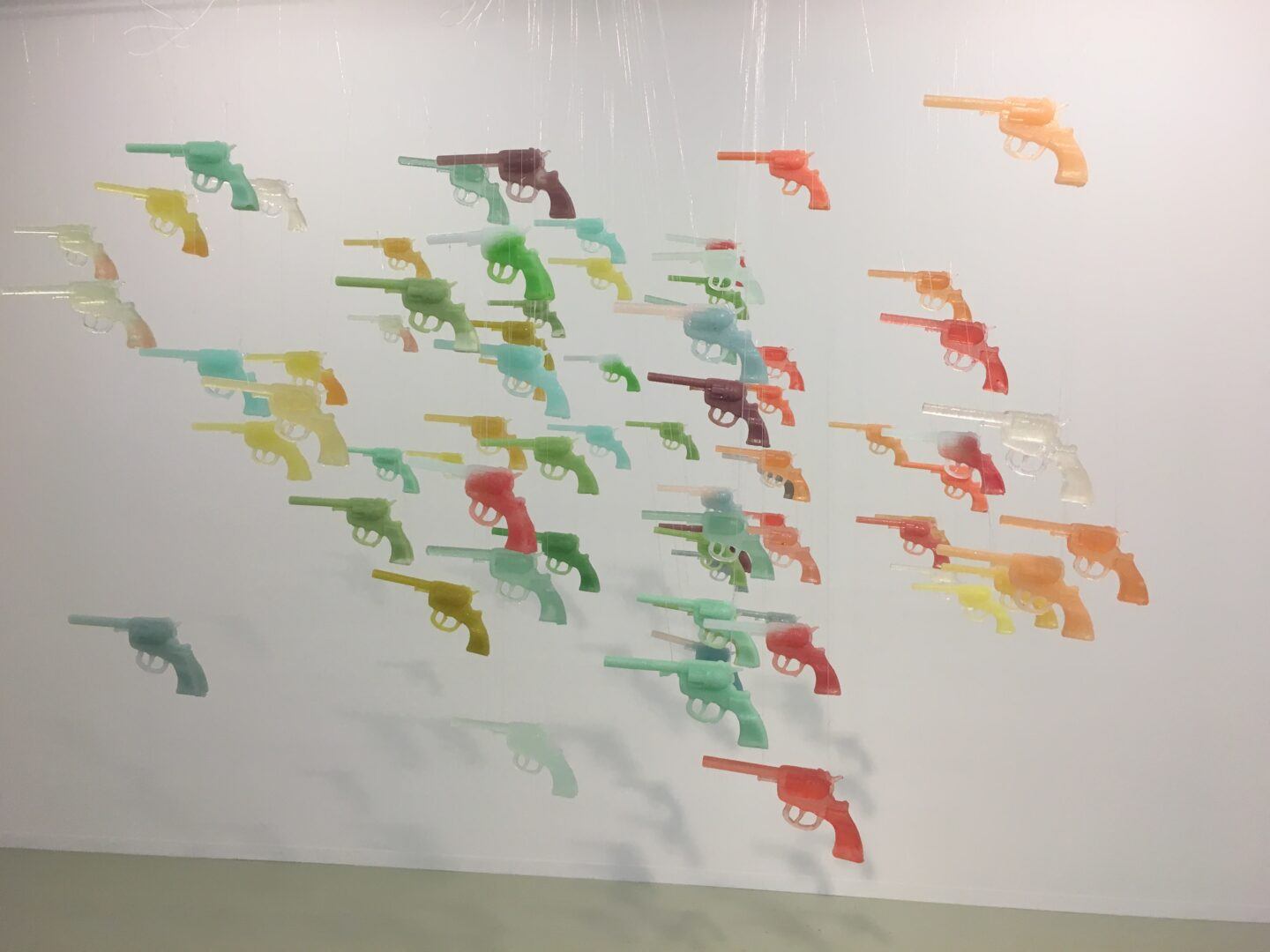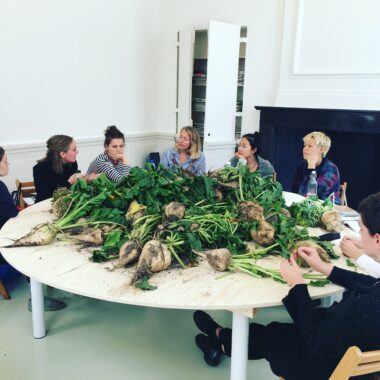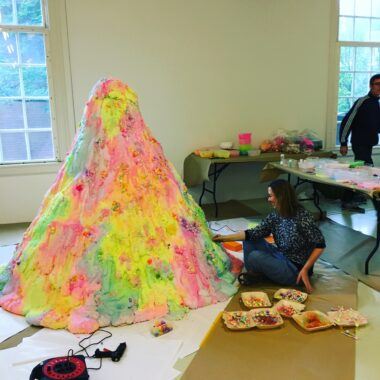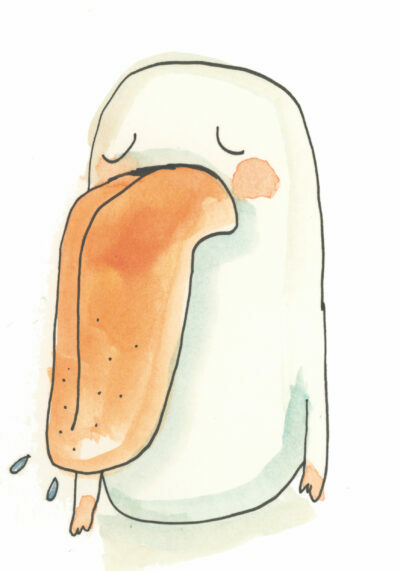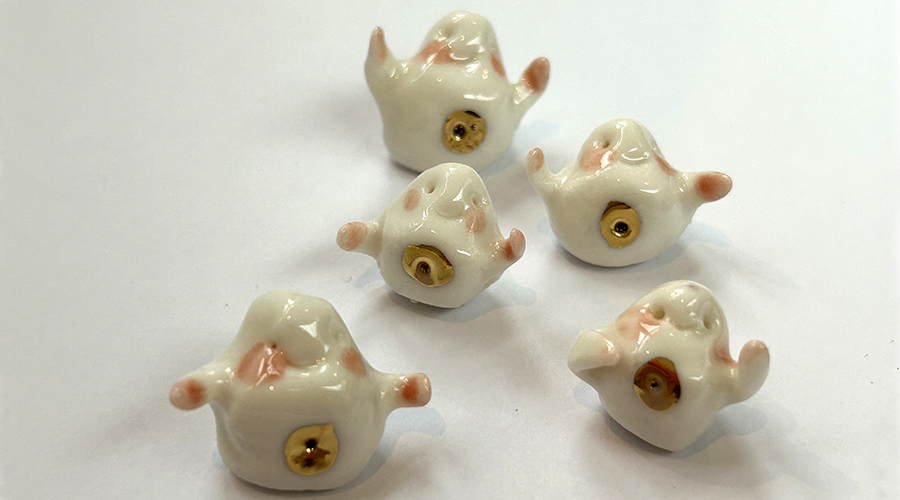How can art create a new view on a mundane subject like sugar?
Good movies and epic stories have it. A line on paper becomes interesting when there is tension in it. A story appeals when there is a battle between good and evil. We love a great paradox and feel the energy field between 2 extremes. Why are we under the spell of sugar? Not just because it is sweet and colourful.
We have an obsession with sugar because it is sweet and colourful, gives a kick AND at the same time thickens, spoils teeth and stimulates cancer.
Sugar is the ultimate paradox.
An exciting story to enjoy.
Sugar is the metaphor for today’s struggles.
An age and society in which we seem to run around in a continuous state of sugar rush and then crash. Exhausted. After which we look for the next fix again.
It seems as if not only our food is on hyper mode but also the rest of our lives is both digitally and physically out of balance.
If you draw a line between 2 extremes, there will be tension on that line.
This tension is literally tangible and visible when you pull apart a caramel toffee, for example.
The tension between extremes is reflected in a lot of good art and stories.
And it is reflected in all facets of the subject of sugar.
sugar is heaven and hell
sugar is tough and fragile
sugar is sweet and sour
sugar is wealth and poverty
sugar is freedom and slavery
sugar is energy and fatigue
sugar is innocence and guilt
sugar is temptation and destruction
sugar is addictive and for children
It is precisely through these contradictions that the subject has taken hold of us. Sugar is so ubiquitous and at the same time we are all preoccupied with eating healthy. Some people express this in an almost religious way.
Sugar is the tempting devil in disguise who always wins and is omnipresent. Diets are the holy grail. diet books the bible.
What was once scarce and expensive and important to our brains has become cheap and devastating.
The obesity epidemic is expanding (by 2025 we expect 1/5 of the world’s population to be obese)
while the supply of attractive and cheap products is growing.
We almost forget the beauty of sugar, the sweet childhood memories of candy treasure and the rituals we perform where sugar plays the role of reconciler, of hospitality-agent and love.
Babies have an innate preference for sweet. Breast milk tastes sweet.
The most appreciated basic taste worldwide is sweet.
Ever since we’ve been hunter gatherers, where only honey was used, man has been attracted to sweetness.
After the honey, we discovered molasses, syrup and raw sugar from cane, palm, agave, dates and eventually also from sugar beet.
In different locations and in different geographic climates, people have found or developed a concentrated form of sweetness practically everywhere.
And in all these different locations, sweetness has found a place in the culture of the community.
Sugar was scarce in the beginning and reserved only for gods or nobles.
Sugar was associated with feasts and used for rituals or as a special offering.
Sugar became a symbol of happiness, sweet thoughts or prosperity. In folk tales sugar plays a role, for example as a seducer for Hansel and Gretel.
In linguistic expressions, sugar is often mentioned: For example, if you spill sugar, you get visitors. If it is fine sugar, you will receive ladies’ visits and coarse sugar gentlemen’s visits.
Superstition also tells about sugar: If you sprinkle white sugar in a dewy meadow in the morning, the milk of the cows grazing there will not budge. If you sprinkle sugar in the footsteps of a witch then she cannot proceed.
These kinds of stories can be found in all cultures where people used sugar. The way in which sugar is used symbolizes how people view the world, how they deal with relationships and how technical developments are packaged in a layer of sugar.
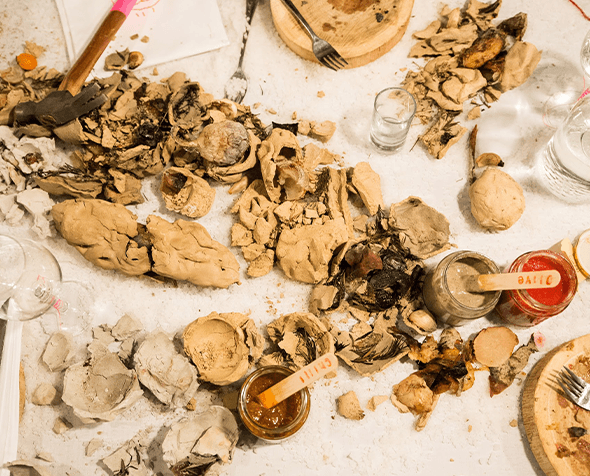
Deirdre Carasso Director, Stedelijk Museum SchiedamBecause of ‘Sticky business’, many people decided to visit the Stedelijk museum Schiedam for the very first time. Both local people but also from far away. Just the other day I was told by a visitor that her daughter started liking museums only since she visited Sticky business and now she visits all exhibitions at the museum.
The artworks Marije selected created a vibrant collection. Sometimes seductive and playful and many times the works pushed the visitor to rethink habits and to start a conversation about the topic. About the meaning of sugar in our lives – from health to politics.It has been a sheer joy to make this exhibition with Marije. The first one of a series of accessible exhibitions that unite artistic and societal impact.
Sugar is said to have been the first mass-produced commodity.
That without sugar the industrial revolution would not have been possible.
And that the wide spread use of sugar would not have been possible without exploitation, slavery and large-scale organisation.
Initially only eaten by the elite, sugar quickly became part of the staple diet. The high demand for more, the lack of manpower on the plantations and the smooth developments in shipping have meant that, over the centuries, some 25 million people were eventually enslaved.
Many died before they were sold, but 11 to 14 million people were eventually shipped into slavery and put to work on plantations, many of which were sugar plantations. Despite the blood that sticks (often literally) to the immaculate white gold, sugar in the West was seen as a luxury and embraced by everyone.
Britain was the first country where sugar became a regular part of the diet and a scoop of sugar became fashionable in tea. Queen Elizabeth apparently had black and rotten teeth and was said to brush her teeth with honey. As black teeth represented death in that time, regular folks started blackening their teeth with charcoal to keep up the appearance of wealth and access to sugar.
65% of the products in the Dutch supermarket now contain sugar.
1.2 million Dutch people have diabetes, of which 9 in 10 diabetes type 2. Unrefined sugar is black. What if we would keep it black? That would mean that items like tomato ketchup, jam and sodas would look much less appetising.
This text was written by Marije for the exhibition Sticky business at the Stedelijk Museum in Schiedam which she curated in 2017. The exhibition was incredibly successful and attracted the most visitors the museum ever had before and found a new audience that normally never went to a museum.

